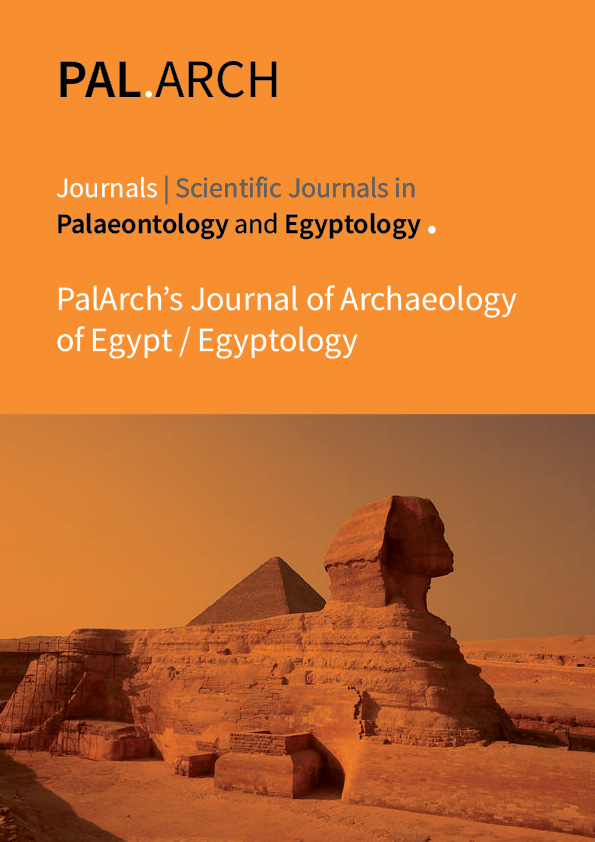LUSITANIZATION VERSUS ASSERTION IN GOA: THE 1583 REVOLT IN ASSOLNA, VELIM, CUNCOLIM
Abstract
This paper entitled, “Lusitanization versus Assertion in Goa: the 1583 Revolt in Assolna, Velim, Cuncolim” is about the history of Goa and reflects how the Goan identity has been influenced and shaped by its history of Portuguese colonial rule in Goa from 1510 to 1961.The paper makes a case study of a revolt by the people of Goa in three sister villages of Assolna., Velim and Cuncolim in south Goa. This was a microcosmic representation of the assertion by the people of Goa against the policy of lusitanization carried on by the Church and supported by the Portuguese State throughout the colonial rule in Goa. The paper argues about the existence of a militant spirit that existed among certain sections of the Goan population which finally led to the liberation of the colonial rule on 19th December 1961.
Lusitanization is derived from the word Lusitanian; a term which has been often used to describe the Portuguese people. Mendonça explains that the Portuguese are a result of a long process of fusion of peoples and cultures. The earliest inhabitants that history could register were the celtas (Celts) and iberos (Iberians).The fusion of these two groups resulted in one of the biggest Iberian tribes, the lusitanos (Lusitanians).[1] Lusitanization is therefore the spread of colonial ideology by Portugal during their spread of colonialism. Conversion to Christianity gave a person Lusitanian citizenship, but not always Lusitanian rights and privileges. It in fact proscribed more Lusitanian duties.
In this paper, the author has done a micro study of three villages in South Goa, Assolna, Velim and Cuncolim (AVC), which were and are till today a part of Salcette, a territory under the Portuguese rule since 1542. AVC is a tri-conglomerate aptly referred to as ‘the Punjab of Goa’[1]. This phrase was coined by my late father, Luis Mendes. I do recall his oft repeated words ‘Our people are Kshatriyas’. This brand name associated with a warrior caste, motivated a number of people of these three villages to fight the colonizers. This study is also a microcosmic study of the Goa of that period.
Geographically, these villages are isolated from the rest of Goa and have lived an isolated existence from times immemorial. On the eastern and southern side, they are separated from the Novas Conquistas, the Western Ghats and the lofty Prabhat hill. On the northern side the river Sal forms a water barrier, with Veroda and Ambelim– the other two villages which also form a part of this so-called trinity.
Cuncolim is also referred to as the ‘land of freedom fighters’. They opposed everything that was Portuguese: the religion, language, dress and would deliberately wear a kurta pyjama with a Gandhi cap and the women would wear a sari with flowers in the hair and vermillion kumkum on the forehead. In Roman Catholic society this was considered rebellious behavior as per the Alvará[2] and Edicts[3] passed by the Church as a part of the lusitanization process. Being unconventional was a rule for these fighters during the Portuguese rule– they fearlessly wrote articles in the newspapers like Gomantak[4] (edited by Dr. Julião Menezes[5] from Assolna and later by my father) and the Goan Tribune.[6]
Some even refused to get married in the church as they identified the church as a handmaid of Portuguese colonialism. My parents got married in Gandhi’s ashram in Sabarmati[7],an act that was condemned as ‘heretic behavior’ by the family as well by the society of the time but today the course of Goa’s history and that of our family history has changed attitudes. The same family today cherishes the piece of paper on which the father of the nation wrote his blessings for the union of my parents.



